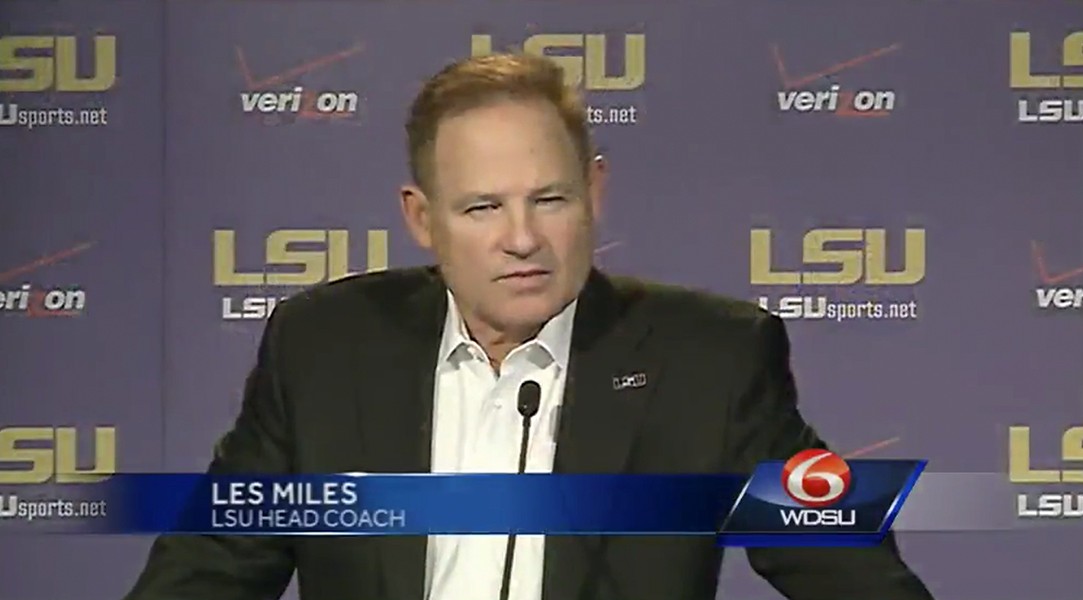Les Miles recently said: “The more oxygen you put into your system for a variety of things the better it is.”
His personal revelation led Les Miles to start peppering LSU’s medical staff with questions about the potential of oxygen treatment for injuries. Eventually, it led Miles to the discovery that a pair of doctors in New Orleans, Paul Harch and Keith Van Meter, were at the forefront of hyperbaric oxygen therapy.
Harch is the director of the LSU School of Medicine’s Woundcare and Hyperbaric Medicine department. Van Meter is the school’s chief of Emergency Medicine. Hyperbaric oxygen therapy is the use of 100 percent oxygen at prescribed pressure and for prescribed durations to help treat a variety of injuries and ailments.
As it turned out, Van Meter and Harch have been working to treat sports injuries since the 1980s.
According to Harch, Van Meter got a small grant in 1989 to help treat Louisiana boxers with brain injuries. Professional demands pulled Van Meter away from the project, which Harch then combined with his work on helping commercial divers with brain injuries.
Through their work, they discovered that hyperbaric oxygen treatments could help divers’ brain injuries get better with the proper dose of hyperbaric oxygen.
Eventually, Harch became convinced that hyperbaric oxygen therapy could treat a wide spectrum of ailments, from diabetes to heart disease to learning disabilities to carbon monoxide poisoning.
The key, Harch said, is knowing how to properly dose patients for the type of ailment they have.
“This is a treatment for wounds in the body,” Harch said, “of any duration and in any location.”
The reason over 100 years of neurological study didn’t discover the benefits of hyperbaric oxygen for brain injuries earlier, Harch said, is the dosing had been wrong.
“What we’ve found is the farther you get out from the brain injury the brain is very sensitive to oxygen, so you have to lower the dose,” he said. “We lowered the dose (pressure and duration) and patients got better.
“It’s like taking an oxygen pill, if you will. It’s how big is the pill, how many times a day you take it, how many total pills you take it.”
Harch said research has identified 8,101 genes within the body that are impacted by exposure to hyperbaric oxygen. Some that are enhanced or turned on support tissue growth. Some that are suppressed are responsible for inflammation and cell death.
“So we’re turning on the good processes and turning off the bad ones,” Harch said. “It’s just that simple.”
Harch and Miles are trying to help establish a hyperbaric oxygen treatment facility at Our Lady of the Lake Regional Medical Center, but Harch goes beyond that. He envisions hyperbaric oxygen treatment facilities one day being installed in major sports venues like X-ray machines, so injured athletes can be treated as quickly as possible.
“This is going to be roundly adopted,” Harch said, crediting Les Miles’ involvement as helping illuminate the work he and Van Meter are doing.
“He wants a legacy beyond coaching, something that would have a lasting effect,” Harch said of Miles.
“The potential to treat athletes and concussions and what it could do for these injured athletes personally is something that would endure long after he retires.”

